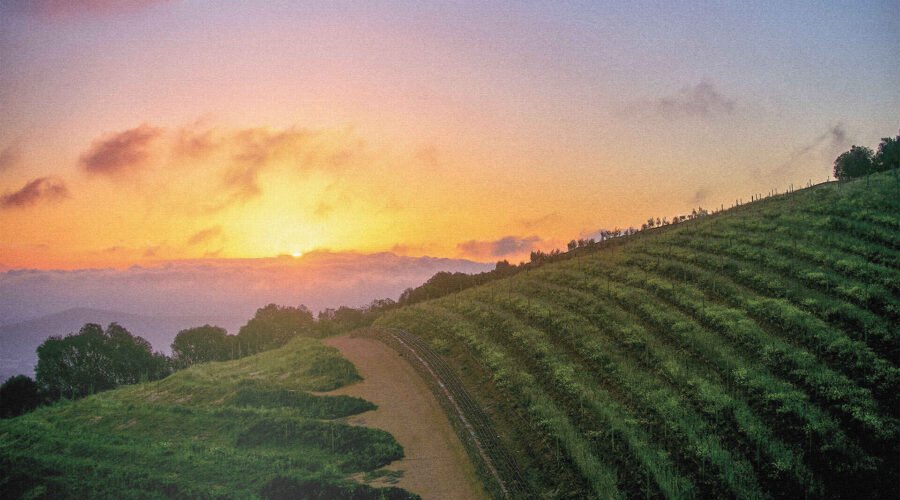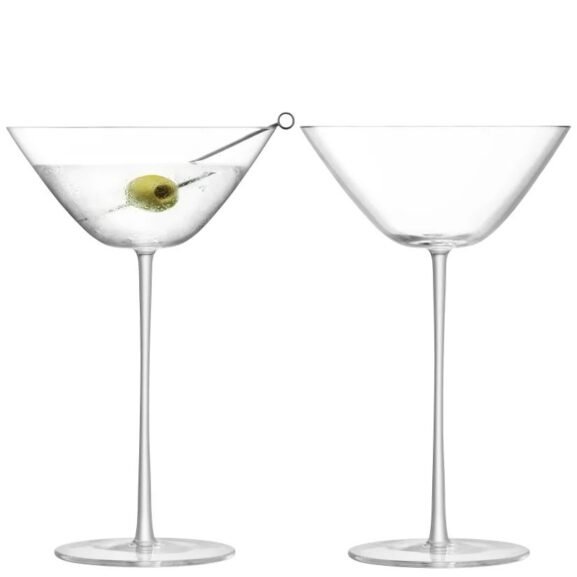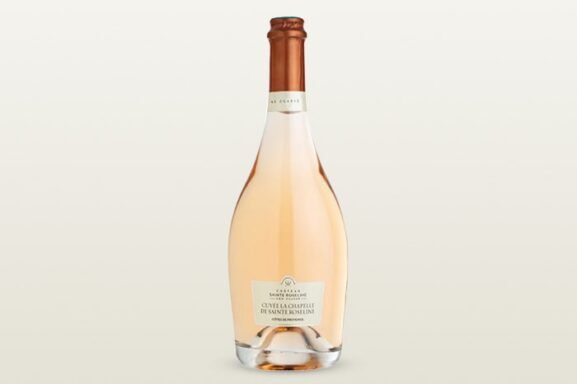In South Africa, Winemakers Are Slowly Reversing a History of Inequity
The sky lit up with pastel shades of orange, pink and lavender. Fluffy clouds danced across the horizon. The rugged peaks of South Africa’s natural giants Simonsberg, Groot Drakenstein and Die Twee Pieke surrounded us, standing tall and majestic in the distance. The view in every direction was utterly breathtaking—a Stellenbosch sunset that was truly a feast for the eyes. The guests, out on the lawn clinking glasses of Cap Classique, ate it up.
I was in the bathroom crying.
The Western Cape, which makes up most of South Africa’s Winelands, is overwhelmingly beautiful. The wine made there is equally alluring. While visiting the country for the first time, I got a double-edged lesson on the sense of place wine can deliver. To enjoy a glass of South African Chenin Blanc is to know how it feels to stand in the sun beside a 240-millionyear-old mountain while scents of proteas, honeysuckle and sea salt waft through the air. It is to feel both weightless and graceful, yet mighty, all at the same time.
Even amid such natural splendor, a shadow of disparity cloaks the country. The stain of apartheid is inescapable, and the immense poverty that directly results from it runs deep throughout the Cape. There is a wealth gap that’s far too wide to wash over with good wine. After days of driving to gorgeous wine estates, passing townships lined with houses made of tin and scrap metal, where people who looked like me lived, I found myself struggling to hide my anguish.
So there I was, crying my eyes out in a stall at the South African Cultural Carnival and feeling the weight of a complicated and prejudiced history not too different from my own. I wondered what could be done to help change the circumstances of so many impoverished people.
As I wiped my eyes, there was an answer of sorts sitting on the bathroom sink: my glass half full of a dark garnet blend of Cabernet Sauvignon, Petite Sirah, Petit Verdot and Merlot. Statuesque and elegant, an award-winning red wine produced by Carmen Stevens, one of the first Black African winemakers to own and operate a winery in South Africa, offered a response. Stevens is also a member of The Wine Arc, the collective that provides resources and guidance for Black African-owned wineries, winemakers and entrepreneurs, which hosted the event.
The change was already happening, slowly but surely. Through Wine Arc and initiatives like the South Africa Wine Industry Transformation Unit, a nonprofit that promoted equitable access and increased representation of Blacks in wine, people from the country who looked like me were gaining visibility.
Though it will take time to shift the disparity, there is work being done to create change for the better, at least through the lens of wine. I left the bathroom with renewed hope, ready for another glass.
This article originally appeared in the February/March 2023 issue of Wine Enthusiast magazine. Click here to subscribe today!


